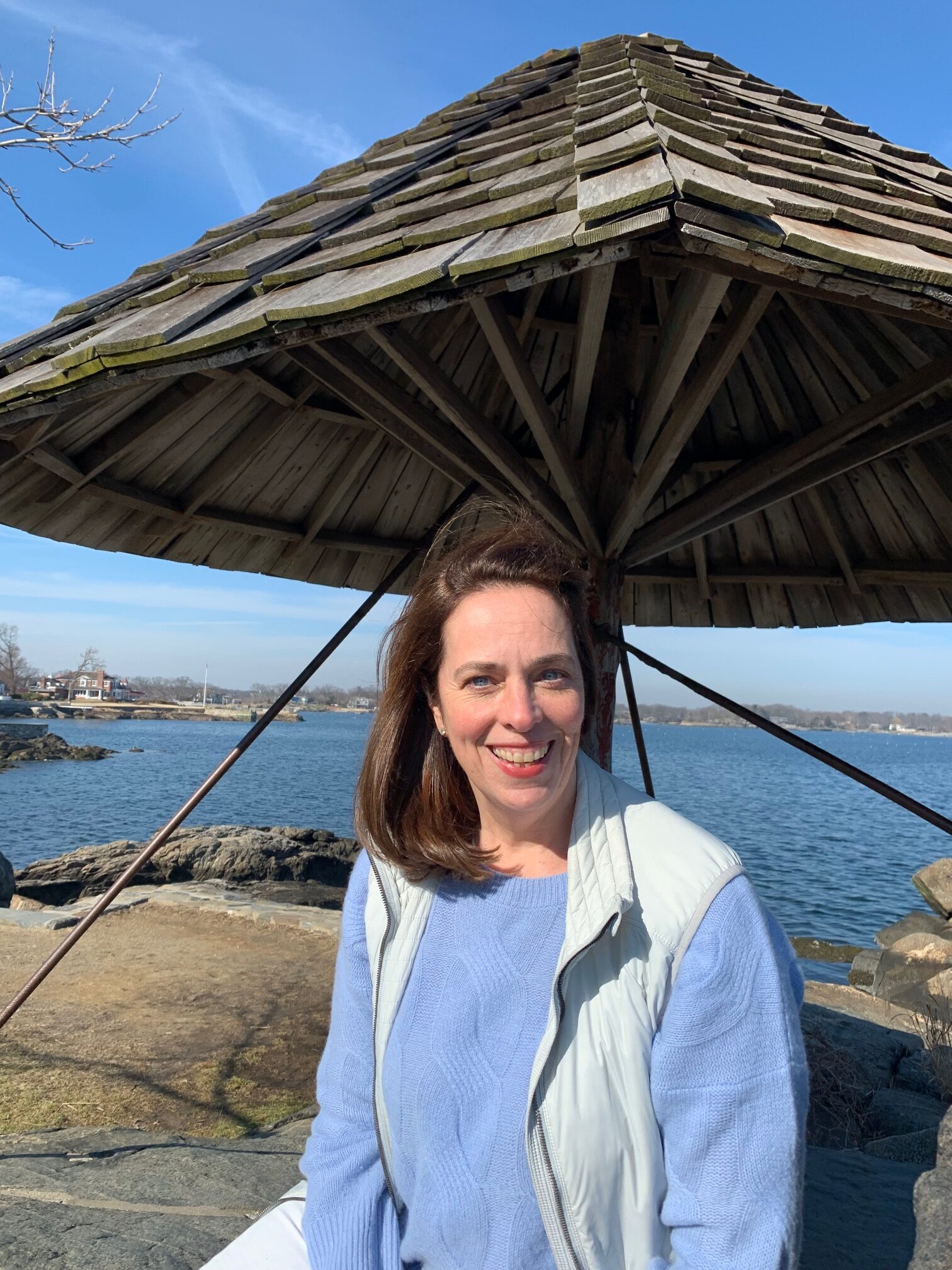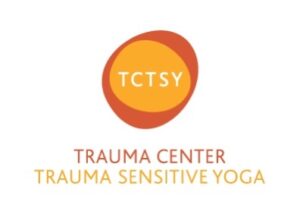And This Too

Offering
Trauma Center
Trauma Sensitive Yoga
(TCTSY)
TCTSY is an empirically validated, clinical intervention for complex trauma, developmental trauma or chronic, treatment resistant post traumatic stress disorder (PTSD).
Hi, I’m Patty
I offer Trauma Center Trauma Sensitive Yoga (TCTSY) because I have benefited from it myself. As an experienced yoga teacher I know the value of yoga as a way to get in touch with the mind, body and spirit. However, the effect of trauma on these same areas of life is unique. This method has been clinically studied for decades. It seeks to offer yoga through this research and it adjusts the practice of yoga based on participant feedback. The removal of “hands-on adjustments” is an example of how the research has altered this practice. Although “hands-on adjustments” are considered beneficial in most yoga classes, when seen through the TCTSY lens, they can be very triggering. As a survivor, I appreciate this type of dedication to a trauma informed viewpoint.
As a facilitator, I am grateful to know I am offering a safe and empirically validated way to work with survivors of trauma. I am honored to be able to help survivors move through this work and support the courage and strength it takes to walk the healing path.
If you are interested, I would be glad to help you look into how TCTSY might support you in connecting or reconnecting to your body, mind and spirit.
To get started, please schedule an information session to discuss what happens in a TCTSY session and go over any questions you might have.
Why TCTSY is different ?
TCTSY is based on Hatha yoga, Attachment Theory, Trauma Theory and Neuroscience. Using these frameworks, this yoga practice is specifically designed for survivors of trauma. It offers participants a way to practice yoga through choice and internal guidance. This is in contrast to an externally focused yoga practice of “doing a form right” or trying to please another, such as a teacher.
In this practice the facilitator will offer ways to move the body however, the participant is in charge of how they will engage with the movement. In the session, this offering might be “perhaps extend your arms up to the ceiling or maybe out to the sides”. The participant will make the choice about what they want to do with those options. The facilitator will practice alongside the participant in the same way, making choices about what to do with their own body. The participant is therefore, free to discover what they would like to do with their body without the focus being on another person’s ideas about what their body should look like or feel like. This dynamic is important because, unlike other yoga classes, the facilitator has no expectation of how the participant “should be” experiencing their body. The practice can then make room for relationship building between facilitator and participant. Building relationship through the shared experience of moving the body and the sustained focus that the power of choice remains with the individual.
TCTSY focuses on choice making and relationship dynamics because it is in these are areas of life where the effects of trauma are most prominent. For survivors, offering them an opportunity to make present moment choices about what is done with their body, in a safe relationship, can be a profound new experience. The research has found that making empowered, body centered choices, creates connections in the mind to the body that, due to trauma, were compromised. Overtime, these connections can build a sense of agency for the survivor and can be felt beyond the yoga practice as well.

